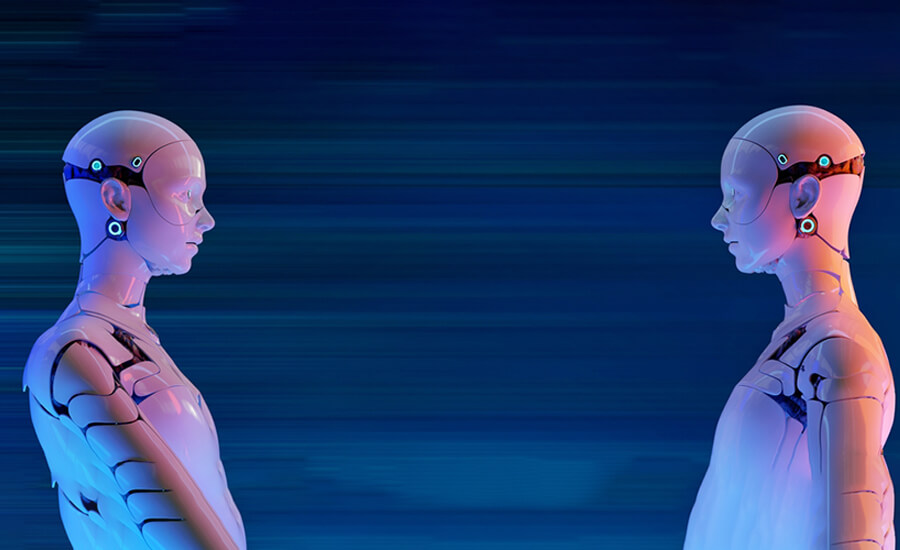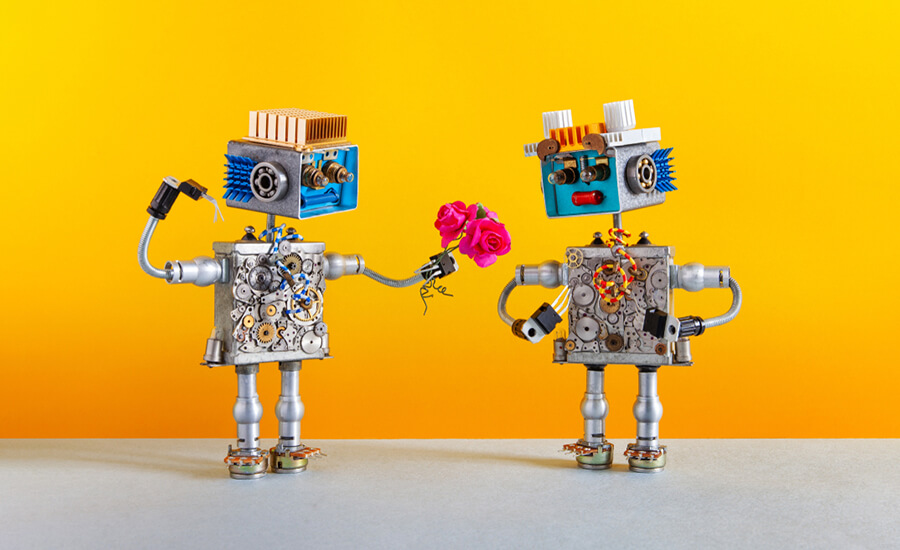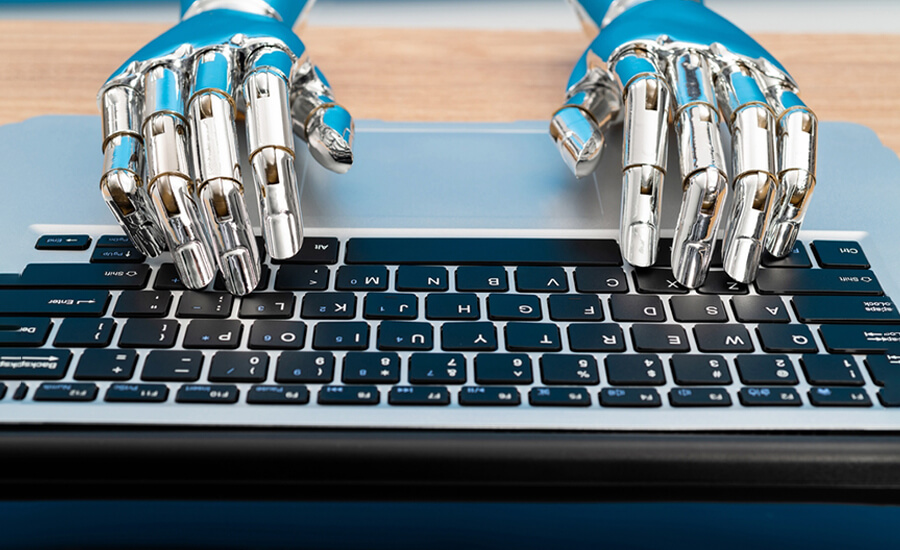The partnership between artificial intelligence (AI) and robotics is reshaping industries and transforming how we live and work. Yet, it’s a partnership that often elicits mixed emotions—awe and excitement, fear and uncertainty. To navigate this new world, it’s essential to understand the symbiotic relationship between robotics and AI and what it means for us humans.
At their core, robots are physical entities capable of interacting with the environment. They can perform tasks, move objects, traverse spaces, and more. However, without AI, robots are merely sophisticated tools limited to predetermined, repetitive tasks. They cannot adapt, learn, or make decisions. That’s where AI comes in.
AI, particularly machine learning, endows robots with the ability to learn from their experiences, adapt to new situations, make decisions, and even predict future scenarios. Essentially, AI is the “brain” that guides the robot’s “body.” Through sensors and data, robots perceive the world, which AI algorithms then interpret to determine the best course of action. This symbiotic relationship is driving advances in numerous fields.
In healthcare, AI-enabled robots are assisting in complex surgeries, providing unprecedented precision and reducing human error. In the logistics industry, robots are optimizing warehouse operations, intelligently navigating spaces, and managing inventories. In our homes, robotic vacuum cleaners learn and adapt to the layout of our rooms, improving their efficiency over time.
Yet, the integration of robotics and AI also raises critical questions. How do we ensure these systems are safe and reliable? How do we balance automation with the human workforce? How do we ensure that these technologies are used responsibly and ethically?
Addressing these questions requires cross-disciplinary collaboration. Engineers, AI researchers, ethicists, policymakers, and societal stakeholders must work together to shape the development and deployment of AI-enabled robots. Policies and regulations need to keep pace with technological advances, ensuring safety and accountability. Workforce strategies need to consider how jobs will change and how to equip people with the skills to thrive in this new landscape.
Furthermore, we must remember that while AI can guide robots, it doesn’t replace the need for human oversight, judgment, and empathy. Robots might perform tasks, but it’s humans who give those tasks meaning, who set the goals, who infuse the work with purpose. Robots and AI are tools that can amplify our capabilities, but they don’t diminish our role or our value.


The symbiosis of robotics and AI is a testament to human innovation. Yet, it’s not just about creating advanced machines; it’s about harnessing these technologies to enhance our human world—making our lives safer, our work more efficient, and our societies more inclusive. In the dance between robots and AI, let’s ensure that it’s human well-being that leads the way.

